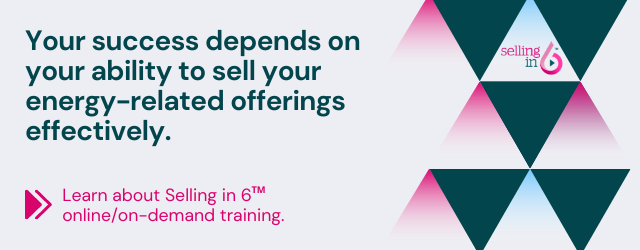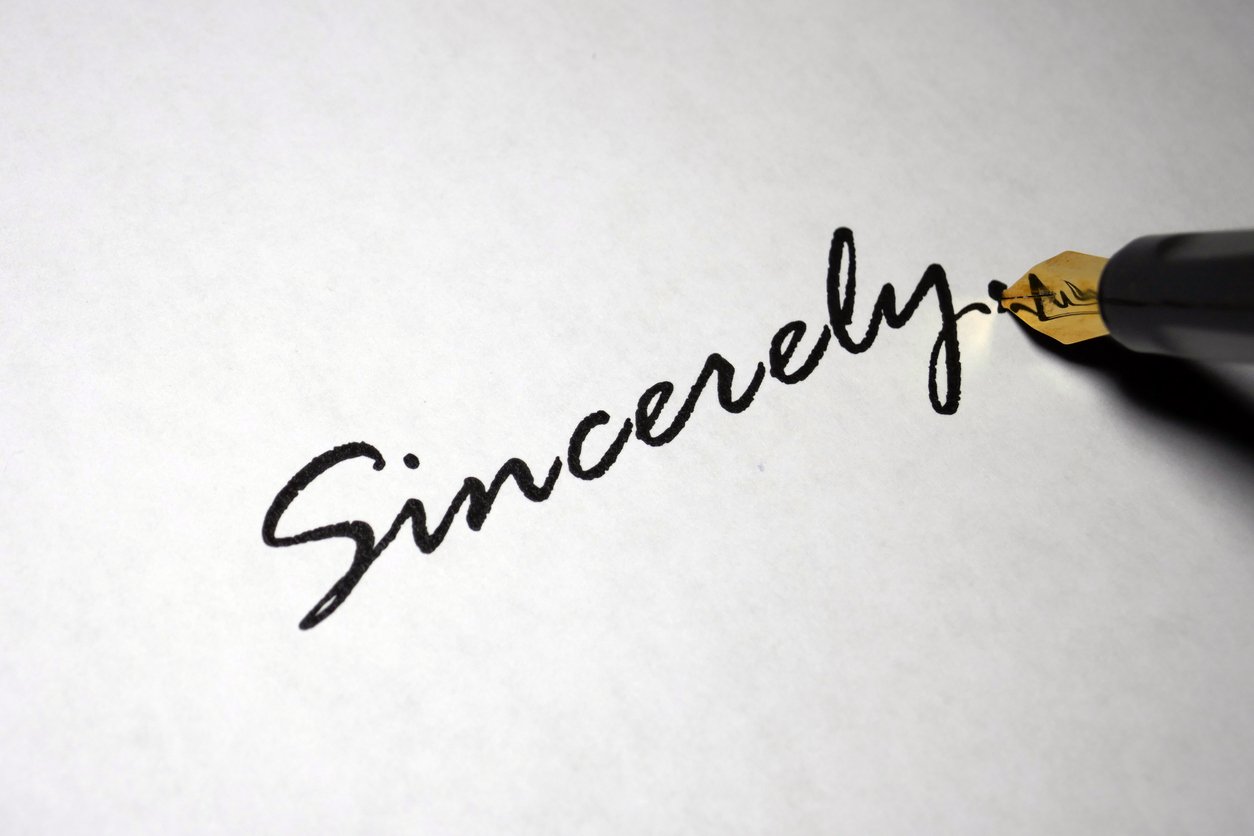Concise communication is a key ingredient in any winning sales process. For this reason, you need to make a thoughtfully drafted one-page proposal a no-exceptions best practice. That one-pager needs to focus on the “why” more than the “what,” “how,” “how much,” or “when.” It’s the document that gets your prospect motivated to move forward. I’m often asked what’s the best way to present that one-page proposal to your prospect. Should you deliver a hard copy in-person, walk the prospect through it, and offer to field questions and comments? What if social distancing (or just scheduling) makes it impractical to present your proposal in-person? Could you email the one-pager and then follow-up with a phone call to close the deal?

Let me preface my answer with two observations.
First, most of the selling I’ve done in my career has been via phone and email rather than in-person. That’s been especially true in recent years given that our clients now span multiple continents. And given the trend toward “work from home,” more and more sales professionals are being forced to present from afar.
Second, the amount of face time that takes place before the final proposal stage can impact whether the proposal itself needs to be presented in-person. Keep in mind that “face-to-face” these days could include video conference as well as an actual in-person meeting. The complexity of the offering can also be a factor.
Building rapport and gaining insight
Many salespeople prefer interacting with prospects face-to-face regardless of what they’re selling. They say it helps build rapport. Some maintain that you can learn a lot from observing a prospect’s body language if you know what to look for.
That may be true; however, think about the practicality of insisting on in-person presentations. The travel. The need to get everyone in the same room at the same time. Rescheduling meetings with prospects who suddenly need to cancel. The in-person presentation may have its advantages, but wow, it’s hardly time-efficient.
Surely there must be other ways to build rapport and gain insight into what your prospect is thinking besides watching them speak. What if you kept your eyes closed while they were speaking? Seriously. The next time you’re speaking with your prospect on the phone, try keeping your eyes closed—provided you’re not also driving or walking! Eliminating the effort required for visual processing frees up your brain for incredibly active listening. With a little practice, you’ll find that keenly listening to your prospect’s choice of words, their volume and tone, the relative amount of time it takes them to answer each of your questions, etc. can provide a valuable edge as you’re navigating your way to “Yes.”
Returning to our main topic of whether you should present your one-page proposal in-person or over the phone, I would say that if you have a properly crafted one-page proposal and active listening skills, it shouldn’t matter.
For starters, a winning one-page proposal has to be compelling enough to convince your prospect. Plus, it has to provide that prospect with a strong enough case to persuade anyone else in the organization whose approval is needed.
And realize that even if you get a face-to-face meeting with your internal champion to present your one-pager, there’s no guarantee you’ll get similar face time (or even a phone conversation) with all those other folks who also have to agree.
Bottom line, if you’ve crafted a truly concise and compelling one-pager, you won’t have to worry about whether you get to present it in-person or over the phone. You should feel confident that your message is sufficiently powerful to make the sale even if you don’t get to speak with every decision-maker or influencer. Your one-pager should be robust enough to carry the day, even if your internal champion simply circulates your proposal internally and recommends approval.
Presentation tips to remember
Assuming you do get to present your one-page proposal, here are some tips to remember, whether you’re doing it in-person or over the phone:
* Send your one-page proposal in advance. Allow several minutes at the beginning of the interaction for your prospect to assimilate what you’ve written, especially if it becomes obvious that they haven’t read it yet!
* Whether you’re on the phone or in person, you needn’t read the one-pager aloud word for word. Instead you might say, "As you can see from the title of our one-page proposal, we're talking about ‘x’," where “x” would be a paraphrased version of your one-pager’s title. You might continue by focusing on the three or four quantitative targets you’ve highlighted with bullets at the top of the page.
* Ideally this introduction should take less than a minute or two. The intention is to grab the prospect’s attention. For example, you might say, "You’ll notice some references to your recent vandalism and even a purse snatching last month in your parking lot. We've done a survey of supermarket parking lots within a 10-block radius and found nighttime lighting levels two to three times higher than yours at all but one of them. The Illuminating Engineering Society of North America (who sets standards for this sort of thing) recommends ‘y’ footcandles (which is how illuminance is measured). Your lighting levels are presently a third of that. I’m sure you’d agree with me that adequate lighting is a powerful tool for deterring crime. <<Pause for agreement.>> We also mentioned in our proposal that other retailers have noticed a link between brighter lighting and better nighttime foot traffic, which leads to higher sales. In our technical appendix, we’ve included those references for you and your colleagues to review if you’re interested."
Continue by briefly summarizing the highlights of the one-pager. Remember to focus the prospect’s attention on the most compelling aspects of the proposal – the “why” – which in most cases will be the non-utility-cost financial benefits (e.g., higher sales) and/or non-financial benefits (e.g., improved security) rather than the more obvious utility-cost financial savings.
Keep your verbal summary concise. Remember, your prospect should be able to read your well-written one-pager from top to bottom in four minutes or less. It would be silly to think that your verbal summary of that one-pager would take any longer than that!
Be sure to leave time to address their questions and comments. And if they don’t volunteer any questions when given the opportunity, feel free to reclaim any remaining time by saying something like, “One of the questions I typically get asked is...”
When you sense the timing is right to ask for the order, you might say something like, “Now that we’ve reviewed benefits ‘a’ and ‘b’, how soon would you like to start enjoying them?” That’s a polite way of saying, “How soon will we receive your notice to proceed?”
Whether you’ve presented your one-pager in-person or over the phone, be sure to send minutes of your conversation afterwards via email. That follow-up will not only anchor the case for approval, but also memorialize the action items that you and your prospect agreed to take as well as the timelines for doing so.







